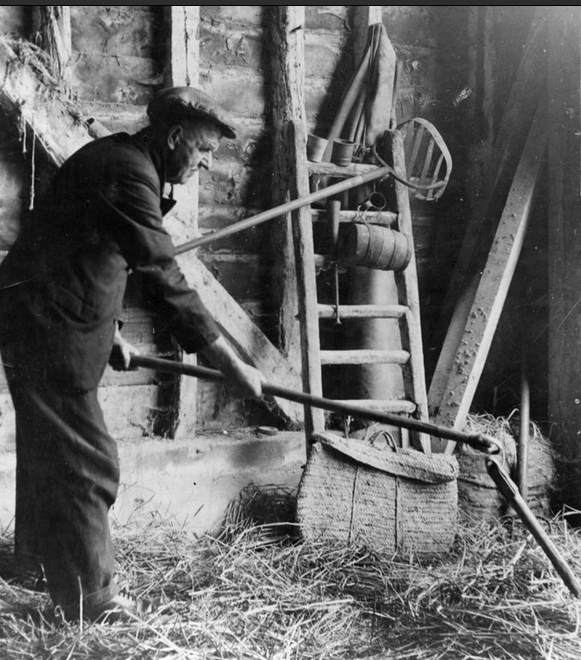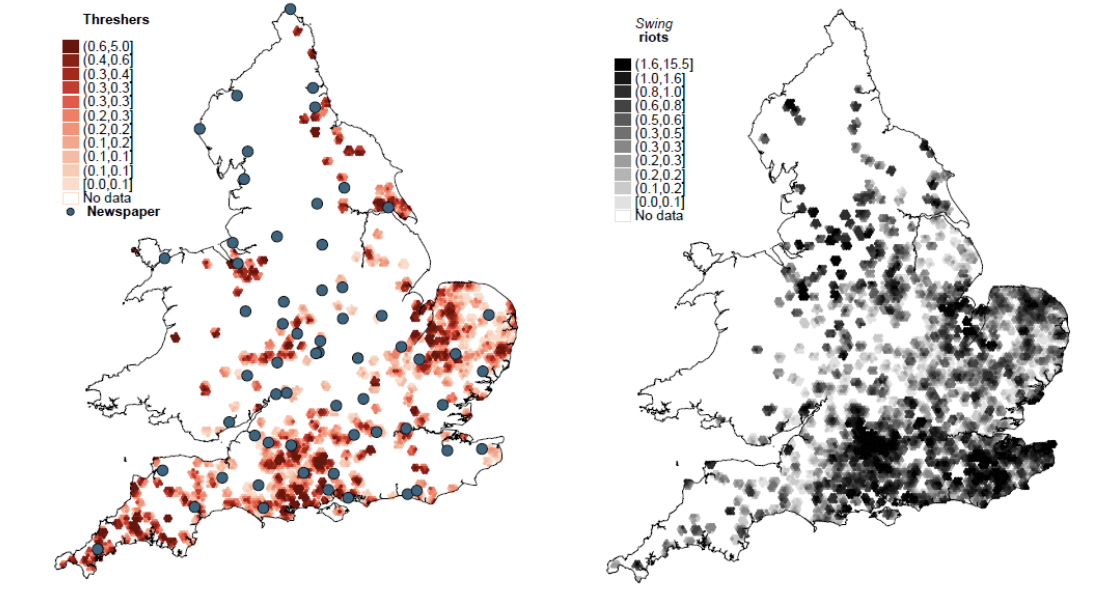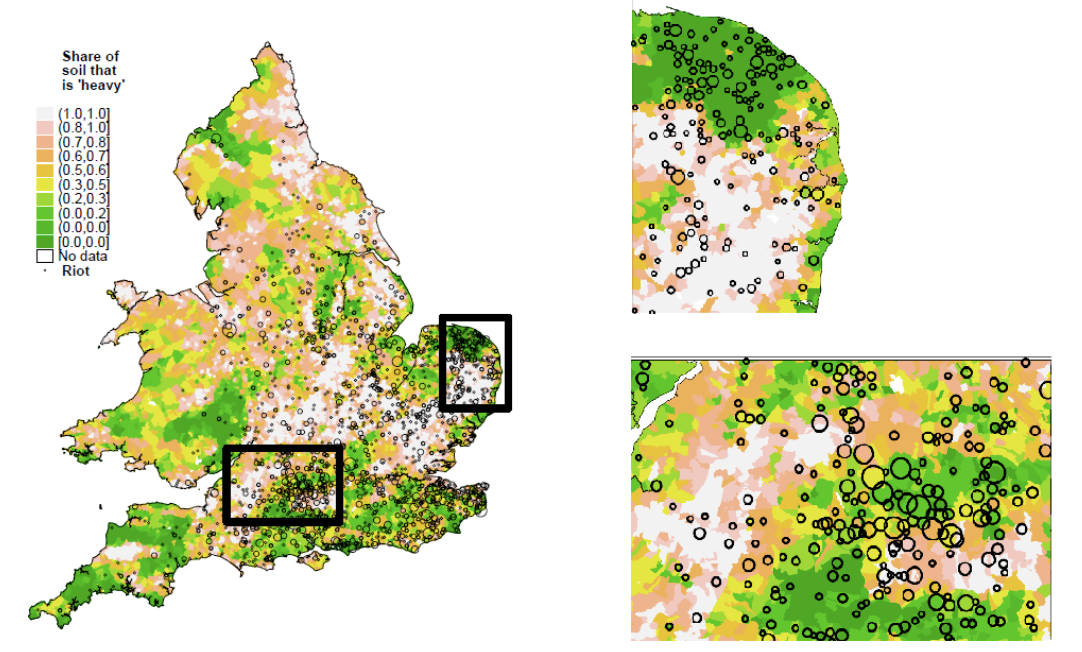Is technology about to eat everyone’s lunch? Rapid advances in robotics and artificial intelligence lead more and more people to ask whether we should slow down the pace of automation, using “robot taxes” and strict regulations. New York mayor Bill DeBlasio has no doubt. During his short bid for the Democratic Party’s presidential nomination, he promised he would create a federal commission that would grant or withhold firms’ permission to automate. While extreme, his proposal is not unique. Recent years have seen an explosion of suggestions on how to slow down automation.
At the same time, many policymakers, entrepreneurs and the wider public are doubtful about regulating new technologies. One reason for scepticism is the (well-founded) conviction that technological progress is the engine of growth, and that constraining technology will ultimately leave us worse off. Scepticism about regulation also rests on the assumption that technology creates opportunities as fast it destroys them: Candle makers, phone operators and coal miners became taxi drivers, electrical engineers, and programmers. What could go wrong?
The answer is – a lot. Both Ricardo and Marx understood that machines increased productivity and raised living standards – but they worried about the political consequences of machine adoption. Classical economists knew that the advance of machines during the Industrial Revolution ran into massive opposition, often violent, and that many things could and did go wrong. The modern discussion on mechanisation resembles so much the one in those years, that we decided to look at one key episode of technological resistance to see what lessons it holds for today.
In Rage Against the Machines we examine the “Swing Riots” of 1830-32 — the largest wave of protest in the history of England. Workers demanded higher wages and better working conditions, burning barns, killing livestock, and destroying machinery to make their point. Captain Swing was an imaginary character whose name appeared on anonymous letters threatening arson. Historians have explained the explosion of violent unrest in several ways: a series of bad harvests, Irish immigration (1, 2), the shortcomings of an early welfare system (the Poor Laws) and outrage over the destruction of agricultural jobs (and their replacement with machinery). In our research, we analyse how important resistance against mechanisation really was.
Figure 1. Manual threshing

We focus on the most important of the new agricultural machines: threshers. Threshing separates the grains of cereals from their husks. Manual threshing is hard work (Figure 1): in 1800, it was mostly performed by adult men, and employed most rural workers for the entire winter (1, 2). Threshing machines spread from 1800 onwards, and saved labour by a factor of 5 to 10 (Figure 2).
Figure 2. Productivity of threshing machines compared to manual threshing (with a “flail”)

Notes: One imperial bushel is equivalent to roughly 36 litres. Data refer to wheat threshed. Sources: Caprettini and Voth (2020) based on General Views of Agriculture (machines) and Clark (flail).
No information on thresher adoption was available when we started our research, so we created our own measure by classifying historical advertisements publicising the sale of these machines (Figure 3).
Figure 3. Example of an advertisement for a “threshing machine”

Notes: Newspaper image © The British Library Board. All rights reserved. With thanks to The British Newspaper Archive.
Visual inspection of the geographical distribution of machines and riots confirm a strong link between the two (Figure 4): where more machines appear in newspaper ads, many more workers went on to burn down farms, attack the authorities, or threaten local farmers. The effect of technology adoption on riot probability was large: Where new threshing machines were used by farmers, the likelihood of a riot was twice as high as in counties without a thresher. All types of rioting were more common where the new machines arrived – arson, physical attacks, and machine breaking.
Figure 4. Left: Geographical distribution of threshing machines. Right: Geographical distribution of Swing riots.

Sources: Left: General Views of Agriculture and The British Newspaper Archive. Right: Holland.
Is the link between mechanisation and unrest causal? To answer this question, we exploit one key characteristic of early threshing machines – they could thresh only one cereal: wheat. Wheat is similar to all other major cereals: it grows in the same weather and requires the same cultivation techniques. However, in 1800, growing wheat was not an easy option for English farmers on clay soils: farms on these soils specialised in other cereals (oat, barley, rye). Crucially, farms producing cereals other than wheat also adopted fewer threshers in 1800-30, and experienced fewer riots in 1830-32 (Figure 5). Because soil composition is unlikely to affect unrest except through its influence on cereal selection, the link between machines and riots is arguably causal.
Figure 5. Left: Share of “heavy” (that is: clayey) soil in England and Swing Riots. Right: two hotspots of the Swing Riots: Norfolk (top) and South England (bottom).

Notes: Right: Every dot indicates one episode connected to the Swing Riots, larger dots are places experiencing more than one episode. Sources: British Geological Survey (soil composition) and Holland (riots).
New machines did not always lead to protest. Farms close to one of the rapidly-growing towns where the Industrial Revolution created millions of new jobs adopted new machines, but these areas didn’t see much violent unrest. Only areas far from industrial towns, where displaced workers had arguably fewer alternative employment opportunities, witnessed a strong link between machines and riots.
These results suggest two main conclusions. First, when new technology displaces enough workers, they may not suffer in silence. Radicalised voting is one common response already visible in some industrialised countries, but there may be worse to come. If losses are large enough, workers can coordinate and start to attack the established order violently, targeting local winners from new technology and the machines themselves. The Swing Riots provide a cautionary tale for techno-optimists: technology does not exist in a vacuum, and the gains it brings in terms of productivity can only be reaped if societies don’t fray under the pressure. Second, alternative employment opportunities matter, as they help workers to absorb the shock of the new technology. Our findings suggest that modern societies may want to think about social welfare nets and expanded forms of alternative employment, instead of constraining the pace of technology adoption.
♣♣♣
Notes:
- This blog post is based on Rage Against the Machines: Labor-Saving Technology and Unrest in Industrializing England, in American Economic Review: Insights. Open version here.)
- The post expresses the views of its author(s), not the position of LSE Business Review or the London School of Economics.
- Featured image by unknown author (Dictionnaire d’arts industriels), Public domain
- When you leave a comment, you’re agreeing to our Comment Policy
 Bruno Caprettini is a senior researcher and a SNSF Ambizione fellow in the economics department of the University of Zurich. He works on development, political economy and economic history.
Bruno Caprettini is a senior researcher and a SNSF Ambizione fellow in the economics department of the University of Zurich. He works on development, political economy and economic history.
 Hans-Joachim Voth is the UBS Foundation Professor of economics at the University of Zurich’s economics department.
Hans-Joachim Voth is the UBS Foundation Professor of economics at the University of Zurich’s economics department.






1 Comments